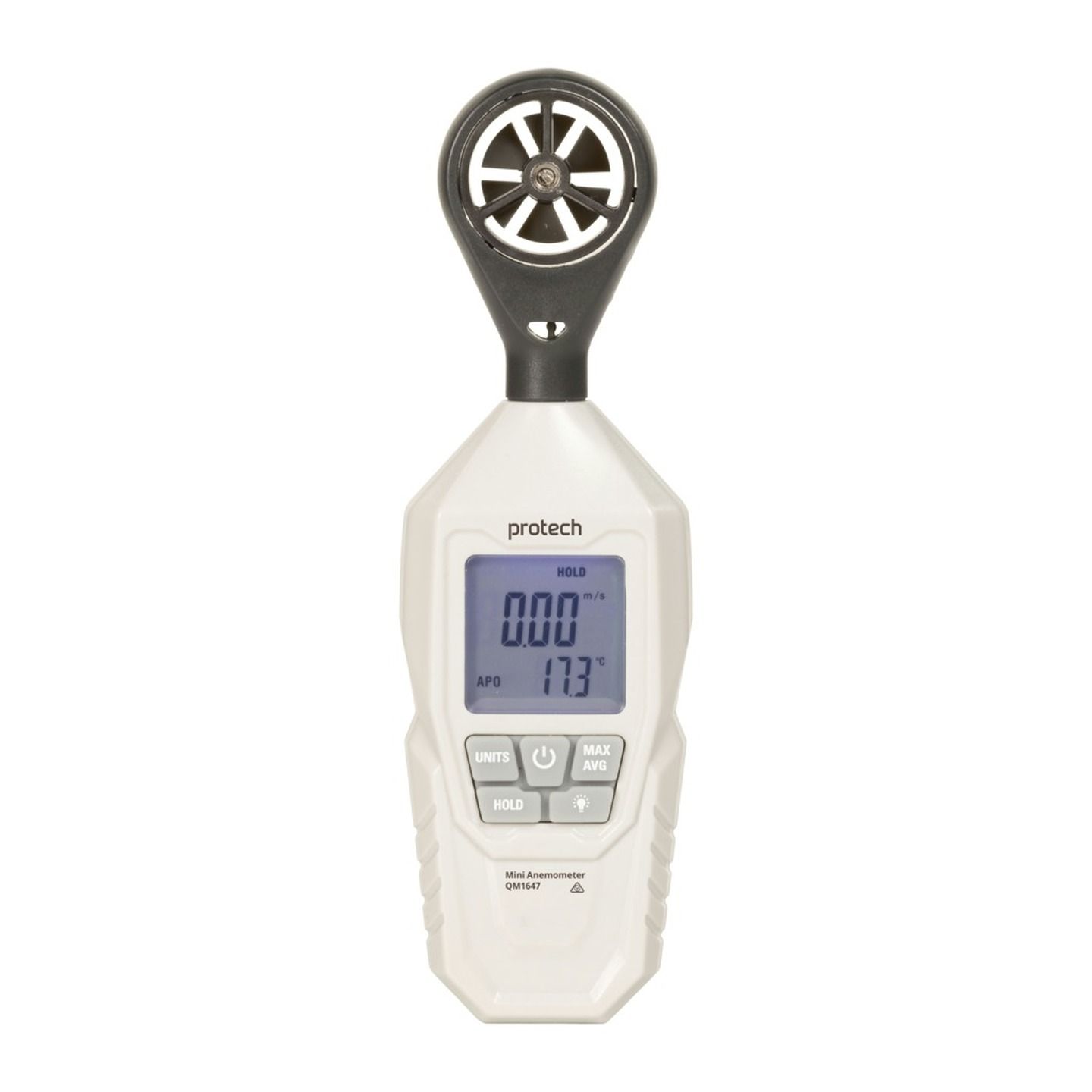Anemometer Innovations: The Latest Technology for Wind Rate Measurement
All You Need to Find Out About Anemometers: Just How They Function, Why They Matter, and Where to Utilize Them
Anemometers, however typically ignored in the realm of clinical tools, play a vital role in various fields, offering important insights into wind rate and airflow patterns. Comprehending the technicians behind these tools is vital for anybody looking for to harness the power of this data. From meteorologists tracking climate patterns to designers developing structures with wind tons in mind, the applications of anemometers are far-reaching and diverse. As we explore the complexities of anemometer innovation, we will reveal the inner operations of these tools, their value, and the key factors to consider when picking the best anemometer for details applications.

Anemometer Fundamentals
A vital tool made use of to gauge wind speed and direction, the anemometer plays an important duty in weather forecasting and numerous industries. An anemometer typically contains three or four mugs that revolve in the wind, a vane that points into the wind, and sensors to track the motions or rotations. By computing the turnings or movements over a specific period, the anemometer can establish wind speed. The vane aids identify wind direction by directing into the wind, offering important data for weather condition projecting, air travel, maritime procedures, environmental tracking, and wind energy applications.
There are various kinds of anemometers available, including cup anemometers, vane anemometers, hot-wire anemometers, and sonic anemometers, each with its unique attributes and applications. Cup anemometers are commonly used for standard wind rate measurements, while vane anemometers are chosen for directional measurements.
Principles of Anemometer Procedure
Structure on the foundational understanding of anemometer fundamentals, the principles of anemometer operation elucidate the technicians behind wind rate and direction dimensions. Anemometers operate the concept of airflow impacting a sensor, causing it to turn. Mug anemometers, for circumstances, have 3 or more cups that capture the wind, creating them to rotate quicker as the wind speed increases. The turning speed is after that transformed into a wind speed dimension. Vane anemometers, on the other hand, make use of a tail or a probe that straightens itself with the wind direction, giving a measurement of wind instructions based on the alignment of the sensor. Hot-wire anemometers rely upon a warmed cord that cools off as wind overlooks it, with the price of cooling determining the wind rate. Ultrasonic anemometers step wind rate and instructions by analyzing the time it considers ultrasonic signals to travel in between transducers. Recognizing these concepts is vital for exact and trustworthy wind dimensions in numerous applications.
Value of Anemometers
The significance of anemometers in weather forecasting and different markets can not be overemphasized. Anemometers play an essential function in measuring wind rate and direction, offering crucial data for weather forecasting, environment research studies, environmental monitoring, and aeronautics operations. Meteorologists depend on anemometers to gather accurate wind information, assisting them comprehend weather patterns, anticipate tornados, and issue prompt cautions to the general public. In industries such as construction, farming, sustainable power, and maritime procedures, anemometers are made use of to optimize processes, make sure safety and security, and boost efficiency. Wind farm drivers make use of anemometers to examine wind problems and take full advantage of electrical power manufacturing from wind turbines. In the maritime market, anemometers aid ship navigating by providing real-time wind information to captains, helping them make notified choices to ensure secure trips. On the whole, anemometers are essential tools that add considerably to security, effectiveness, and informed decision-making in meteorology and a variety of sectors.
Applications Across Numerous Industries
In the eco-friendly power field, anemometers play an important duty in assessing wind problems for wind farm placements, guaranteeing optimum power manufacturing. Industries like construction and mining utilize anemometers to monitor wind speeds, vital for safety and security protocols, especially have a peek at this site when functioning at heights or in open-pit mines where solid winds can pose risks. In farming, anemometers help farmers in handling plant splashing by offering real-time data on wind speed to avoid drift.

Picking the Right Anemometer for Your Requirements
Choosing the appropriate anemometer customized to your particular needs is necessary for getting precise wind speed and direction dimensions. When selecting an anemometer, take into consideration elements such as the intended application, required dimension variety, environmental conditions, and desired features. For basic purposes, a mug anemometer appropriates for determining wind rate, while a vane anemometer offers wind direction information. Hot-wire anemometers are optimal for reduced airspeed measurements, and ultrasonic anemometers use high precision and durability.

Conclusion
Finally, anemometers play a crucial function in measuring wind speed and instructions throughout different sectors. Recognizing the principles of anemometer operation is necessary for picking the appropriate gadget for particular requirements. From weather forecasting to aviation, anemometers are essential tools for making certain and collecting accurate information safety in various applications. When picking the most ideal gadget for measuring wind conditions., it is essential to think about the significance of anemometers in order to make educated choices.
There are numerous kinds of anemometers offered, including cup anemometers, vane anemometers, hot-wire anemometers, and sonic anemometers, each with its distinct functions and applications. Cup anemometers are generally utilized for fundamental wind speed dimensions, while vane anemometers are chosen for directional measurements. Hot-wire anemometers are ideal for low airspeeds, and sonic anemometers are perfect for high-precision measurements in research and commercial setups.Structure on the foundational understanding of anemometer fundamentals, the principles of anemometer operation elucidate the auto mechanics behind wind rate and direction article source measurements. For basic objectives, a cup anemometer is ideal for gauging wind rate, while a vane anemometer offers wind direction Recommended Reading information.